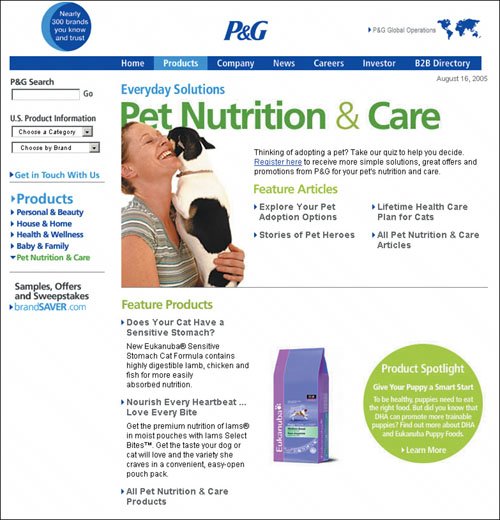Support Sales with Quality Content
| Companies are slowly getting the message that marketing hype and pushy sales tactics turn Web customers off. Some organizations understand that customers value good content and are posting informational articles to their sites in support of this. Obviously articles and other content support the sales of their products as well. But customers will find them truly useful if they are concise and informative, in a factual manner that suits the Webnot the pushy style of late-night TV commercials. Keep the marketing language to a minimum; let the content speak for itself. One of the best places to fill people in on your products or services is on relevant informational pages. Ads or links to buy products that are well integrated within the content are seen as helpful because they're available when people most need them. Regrettably, some sites we studied did a great job of providing informative articles but missed opportunities to sell their productsor even let people know they sell them. Remember, people don't always get to your site's home-page. Search engines often take them through deep links directly to specific pages inside the site, which means that they may never see your offerings. Placing product mentions or links to product pages in an article ensures that people will know you carry products relating to their interests. People won't need to browse your site any further if your articles answer their questions.
People were disappointed with the Nestlé Web site because it doesn't offer product recommendations. The Baby Foods section provides only superficial information about different brands. Nestlé misses the mark by ignoring consumer-related questions and focusing primarily on branding instead. For example, selecting the Alete brand baby food only provided branding history. People expected to find the products, information about which babies they're intended for, and the benefits. "It talks about breastfeeding, but not about the product. I would like to have categories for formula according to the child's age, milk products, etc." "They don't actually give me much information." "I just read a little bit about their baby foods, but I can't find anything [more in-depth]. There's nothing that you can click on." "I didn't like that bit of information; it didn't explain much to me."  www.nestle.com
|
EAN: 2147483647
Pages: 107
